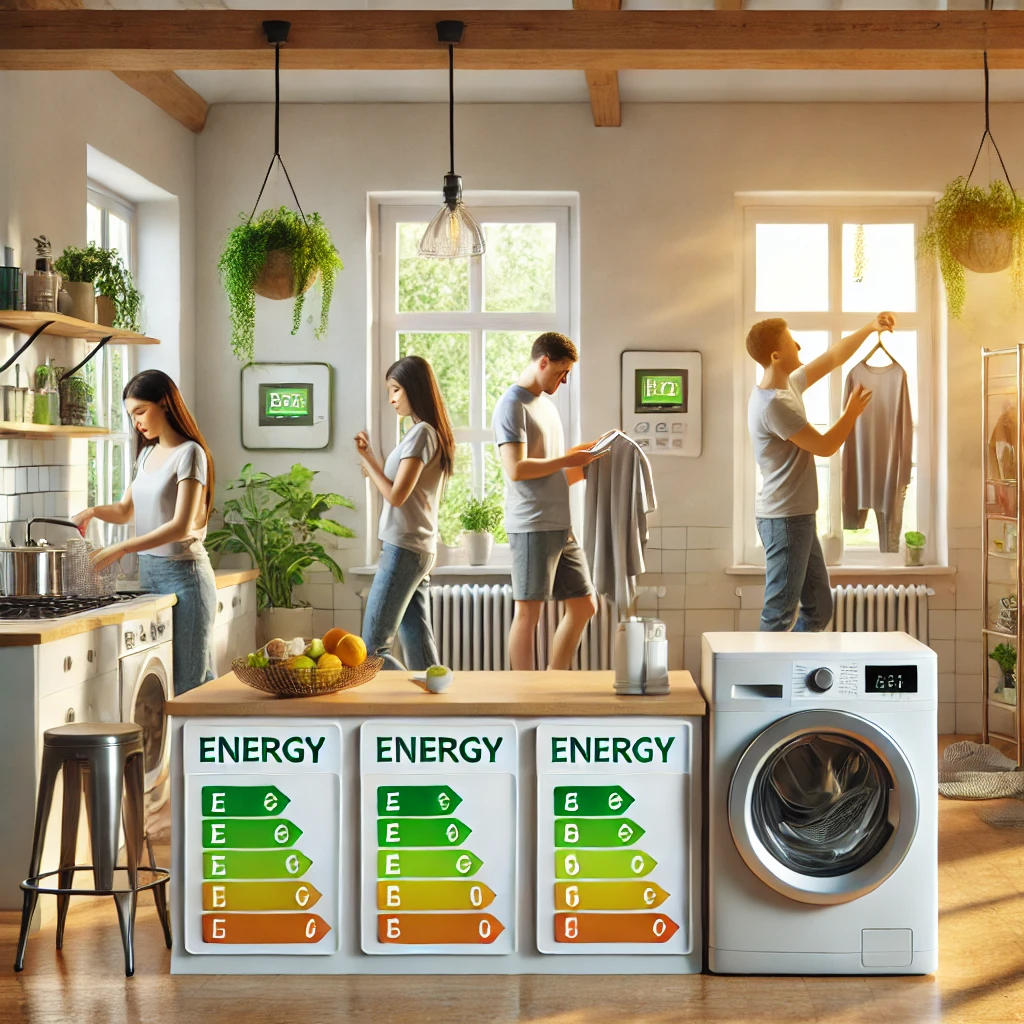Physical Address
304 North Cardinal St.
Dorchester Center, MA 02124
Physical Address
304 North Cardinal St.
Dorchester Center, MA 02124


Have you ever thought about how much energy your household appliances use daily? Saving energy isn’t just good for the planet—it can also cut down your monthly bills and extend the life of your appliances. In this post, we’ll dive into practical, eco-friendly ways to reduce energy use at home, making a positive impact wherever you are in the world.
Household appliances are essential, but they can also be energy-intensive. According to the International Energy Agency (IEA), residential electricity consumption has surged globally, largely due to increased use of appliances. While the convenience is undeniable, the environmental impact is equally significant.
Reducing energy usage at home doesn’t require huge sacrifices. Often, a few small adjustments in how you use your appliances can make a substantial difference.
Here are five globally relevant tips that will help you save energy and reduce your environmental impact without compromising on comfort.
One of the easiest ways to reduce energy consumption is by investing in energy-efficient appliances. Look for labels like “Energy Star” or similar certifications in your country. These appliances are designed to use less electricity, making them an eco-friendly choice.
Anna, who lives in a small apartment in Tokyo, replaced her old refrigerator with an energy-efficient model and noticed a 15% drop in her monthly energy bill.
Electricity rates are often lower during off-peak hours. Running heavy appliances like washing machines and dishwashers during these times can save money and reduce strain on the power grid. In many places, off-peak hours are at night or early in the morning, so plan accordingly to maximize your energy savings.
Learn more about peak and off-peak energy usage from Energy Star to find your local off-peak times.
A small change in temperature settings can have a big impact. Lowering your thermostat by just a few degrees in the winter or increasing it slightly in the summer can save energy. The same goes for your water heater. Setting it to a moderate temperature (around 120°F or 49°C) can reduce energy consumption significantly.
In Canada, where winters can be harsh, Mark found that setting his thermostat to 68°F instead of 72°F and using warm blankets at night saved him over $100 in heating costs each year.
When using your washing machine, opt for cold water settings whenever possible, as heating water consumes a lot of energy. Air drying clothes, whether indoors or outdoors, is also a great way to reduce dryer usage. If you need to use a dryer, avoid overloading it and use moisture-sensing settings.
In sunny California, Emily started air-drying her clothes, reducing her dryer use by half. She noticed a drop in her electricity bill and extended the life of her clothes as well.
Did you know that many devices continue to draw power even when they’re turned off? Known as “phantom” or “vampire” energy, this silent drain can add up. Unplugging appliances like TVs, chargers, and kitchen gadgets when they’re not in use can make a noticeable difference.
Sara, a teacher in Johannesburg, South Africa, decided to tackle her household’s energy use after reading about the environmental impact. She began unplugging appliances, switching to energy-efficient light bulbs, and washing her clothes in cold water. Over six months, she noticed a 20% reduction in her electricity bills, and the impact inspired her friends to adopt similar habits.
Which of these energy-saving tips will you try first? From adjusting your thermostat to unplugging devices, there are plenty of simple yet effective ways to save energy at home. Every small action contributes to a bigger impact on the environment—and your budget.
What are your favorite eco-friendly home tips? Share them with us, and let’s inspire each other to live greener lives every day!